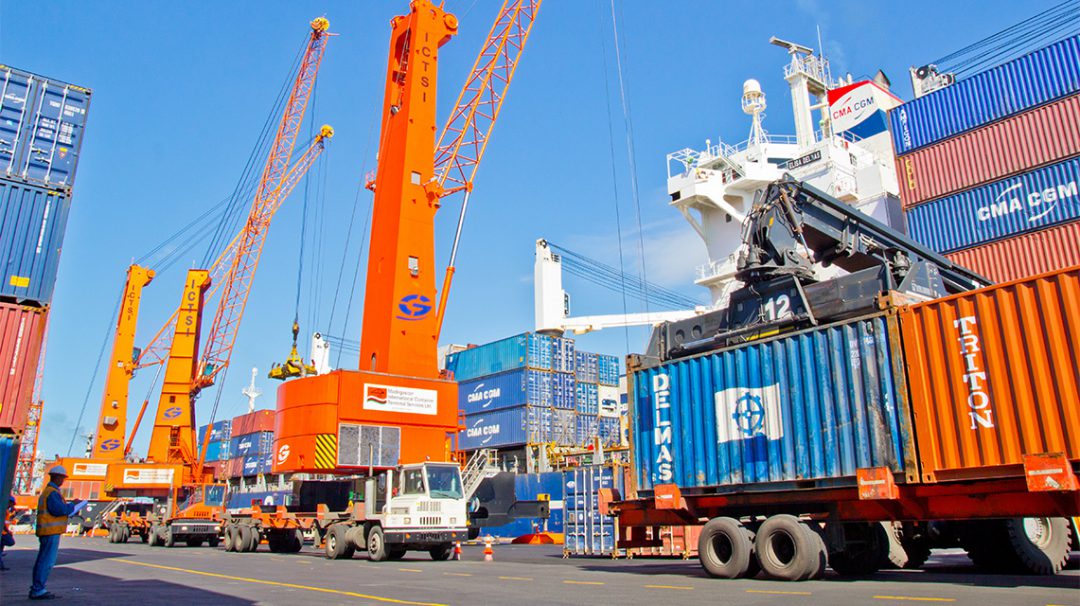In a ceremony that recently took place at the port city of Toamasina, International Container Terminal Services, Inc. and Société de Gestion du Port Autonome de Toamasina signed a 15-year extension of the concession for the Madagascar International Container Terminal.
The concession extension runs from 2025 through to 2040. ICTSI has held the concession since 2005 through its wholly owned subsidiary Madagascar International Container Terminal Services Limited.
The extension agreement was signed by Mr. Valery Ramonjavelo, SPAT chairman, and Hans-Ole Madsen, ICTSI senior vice president and head of EMEA.
Other dignitaries present at the signing ceremony were the Minister of Transport and Meteorology, Minster of Justice and the Minister of Foreign Affairs.
Speaking at the ceremony, Mr. Madsen said: “We are very grateful to His Excellency, President Andry Rajoelina, the Government of Madagascar and SPAT for the timely and well-structured port expansion program. We are proud to work with SPAT and all involved parties to continue to deliver state-of-the-art container handling capacity and services.”
The Port of Toamasina is the main maritime gateway for Madagascar and MICTSL is the dedicated provider of state-of-the-art container handling services. Throughout its tenure MICTSL, working in conjunction with SPAT, has consistently added capacity and streamlined services in line with the needs of Madagascar’s diverse import and export community.
Significantly, the concession extension complements the USD639 million port expansion project now underway in Toamasina – with USD411 million provided by the Japan International Cooperation Agency and USD227 million by the Government of Madagascar.
The implementation of the port extension project guarantees the presence of modern port capacity over the long term.
Madsen continues: “When ICTSI, working with SPAT, first established a container terminal operation in Toamasina, it quickly became widely recognized as a center of excellence in the region. Today, in this new phase of development, we aim to maintain this momentum, drawing on our industry expertise, new technology, attention to sustainability and applying the principles of good corporate citizenship.”
Major container sector improvements include comprehensive quay and yard capacity expansions.
A new 756-meter container berth, with a draught of -16 meters alongside and equipped with ship-to-shore container gantries, is central to plans to provide for increases of vessel size up to a capacity of 14,000 TEUs.
Infrastructure improvements on the landside will see the addition of a 15-hectare container yard as well as a new gate complex, a modern workshop and extensive security infrastructure. Reefer capacity will be extended from the present 120 plugs to +400 plugs.
“Working with all stakeholders, we are very confident we can play a leading role in future proofing the port and ensuring the success of the port expansion project,” Madsen concluded.

























